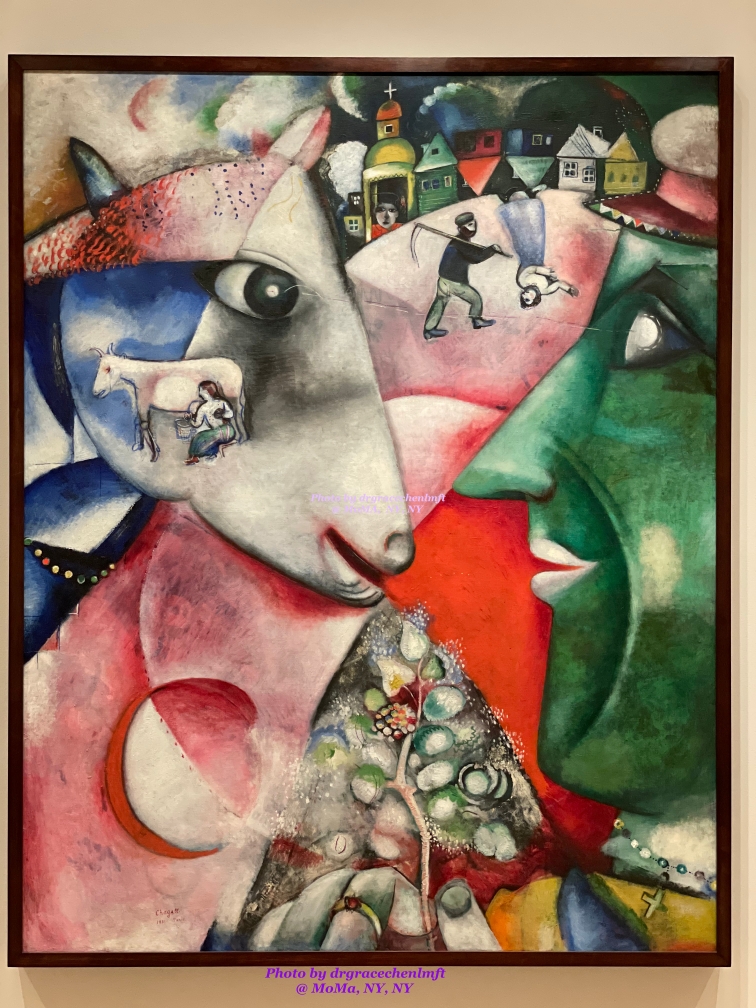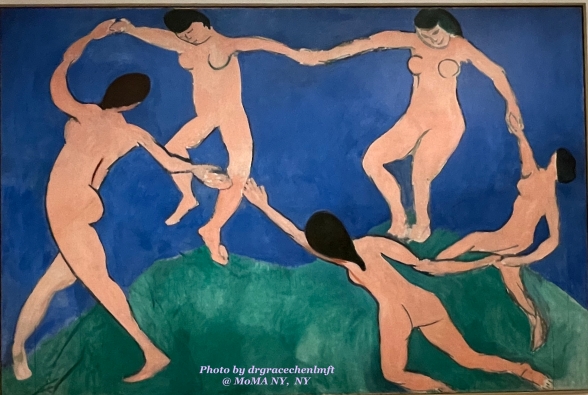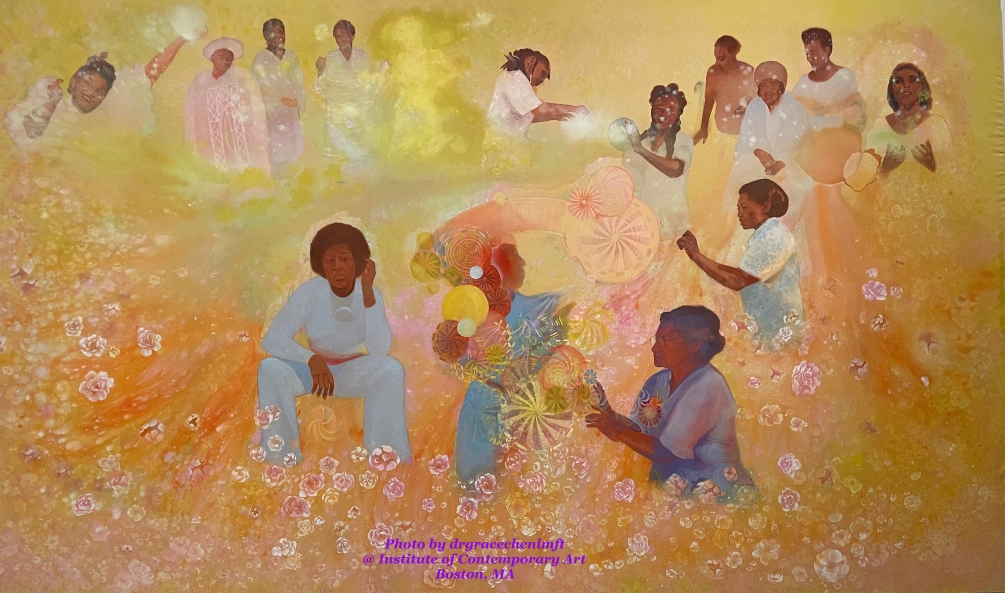Polyvagal Theory
Polyvagal Theory
I first heard the term “Polyvagal Theory” shortly after completing my EMDR basic training. I picked up Dab Dana’s Book and read through it. The concept seemed interesting, but I am not sure I felt inspired by the book. Fast forward to a few years later, I was in a training and was introduced to another book, “Polyvagal Informed EMDR Therapy.” Now, that piqued my interest, and this time, I felt inspired, which marked the beginning of my journey to integrate Polyvagal Theory into my clinical practice.
Polyvagal Theory, introduced by Stephen Porges, PhD, is a groundbreaking framework that illuminates how our autonomic nervous system (ANS) profoundly impacts our health, behavior, and the way we connect with others. It emphasizes that our sense of safety deeply influences our physiology, and it highlights just how crucial connection and collaboration are for a healthy life.
Dr. Porges’ presentation of Polyvagal Theory back in 1995 shifted the paradigm. It moved us beyond simply correlating the mind and body—he constructed testable theories rooted in specific neural pathways and evolutionary insights.
The Origins of Polyvagal Theory

As I began to explore the origins of Polyvagal Theory, I found my initial focus on the ‘hierarchy of the autonomic nervous system’ evolving into a much broader understanding. It was fascinating to see how this theory developed and why it matters. It’s like going on a journey to figure out how our body’s automatic control system—the ANS—operates, especially concerning our feelings of safety and social connection. This wasn’t a random new idea; it grew from challenging and refining previous scientific thoughts.
Continue reading The Origins of Polyvagal Theory
The Autonomic Nervous System (ANS) according to Polyvagal Theory
I apologize if I lost you in the previous section. That’s the main reason I put the Polyvagal Theory away for quite a few years. I can’t fully understand Dr. Porges’ writing. Through various trainings and readings, I aim to convey the essence of Polyvagal Theory in simple terms, making it easier for you to understand.
The Polyvagal Theory describes the autonomic nervous system (ANS) as having three main pathways or circuits, which are uniquely organized based on their evolutionary development. These are not just abstractions; they correspond with specific neural structures in the brainstem and spinal cord. Consider these three pathways as different “states” your nervous system can occupy, with each one supporting various behaviors and physiological functions.
Continue Reading The Autonomic Nervous System (ANS) according to Polyvagal Theory.

Neuroception

For some unknown reason to myself, the origins of the Polyvagal Theory, the vagus nerve, and the three pathways in our autonomic nevous system, and its conenction to evolution were all so fascinating to me. I started to feel a lot of my clinical experiences making sense in a very different way. I am fascinated to see how our autonomic nervous system (ANS) has evolved to help us react to threats while also facilitating social connections that enable us to thrive. This evolution enables mammals like us to derive significant benefits from social interactions, which in turn help our bodies function optimally, both physically and mentally. When we feel safe, our ventral vagus nerve takes the lead. But when we sense danger, that system gets inhibited, and we shift into what’s known as a sympathetic state, gearing up for action. If that doesn’t lead to a positive outcome, our body reacts even further, slipping into a primitive state governed by the dorsal vagal pathway, which can cause us to shut down.
Continue Reading Neuroception.
The Social Engagement System & Co-Regulation
The Polvagal Institute website lists Neuroception, ANS, and Co-regulation as the three main concepts of the Polyvagal Theory. For me, to understand co-regulation, you have to understand the “social engagement system” first.
Continue Reading The Social Engagement System & Co-Regulation.

Clinical Implication
coming soon….
References
- Porges, S. W. (2007). The polyvagal perspective. Biological Psychology, 74(2), 116–143.
- Porges, S. W. (2009). The polyvagal theory: New insights into adaptive reactions of the autonomic nervous system. Cleveland Clinic Journal of Medicine, 76(S2), S86–S90. https://doi.org/10.3949/ccjm.76.s2.17
- Porges, S. W. (2021). Polyvagal theory: A biobehavioral journey to sociality. Comprehensive Psychoneuroendocrinology, 7, 100069. https://doi.org/10.1016/j.cpnec.2021.100069
- Porges, S. W. (2022). Polyvagal theory: A science of safety. Frontiers in Integrative Neuroscience, 16, 871227. https://doi.org/10.3389/fnint.2022.871227
